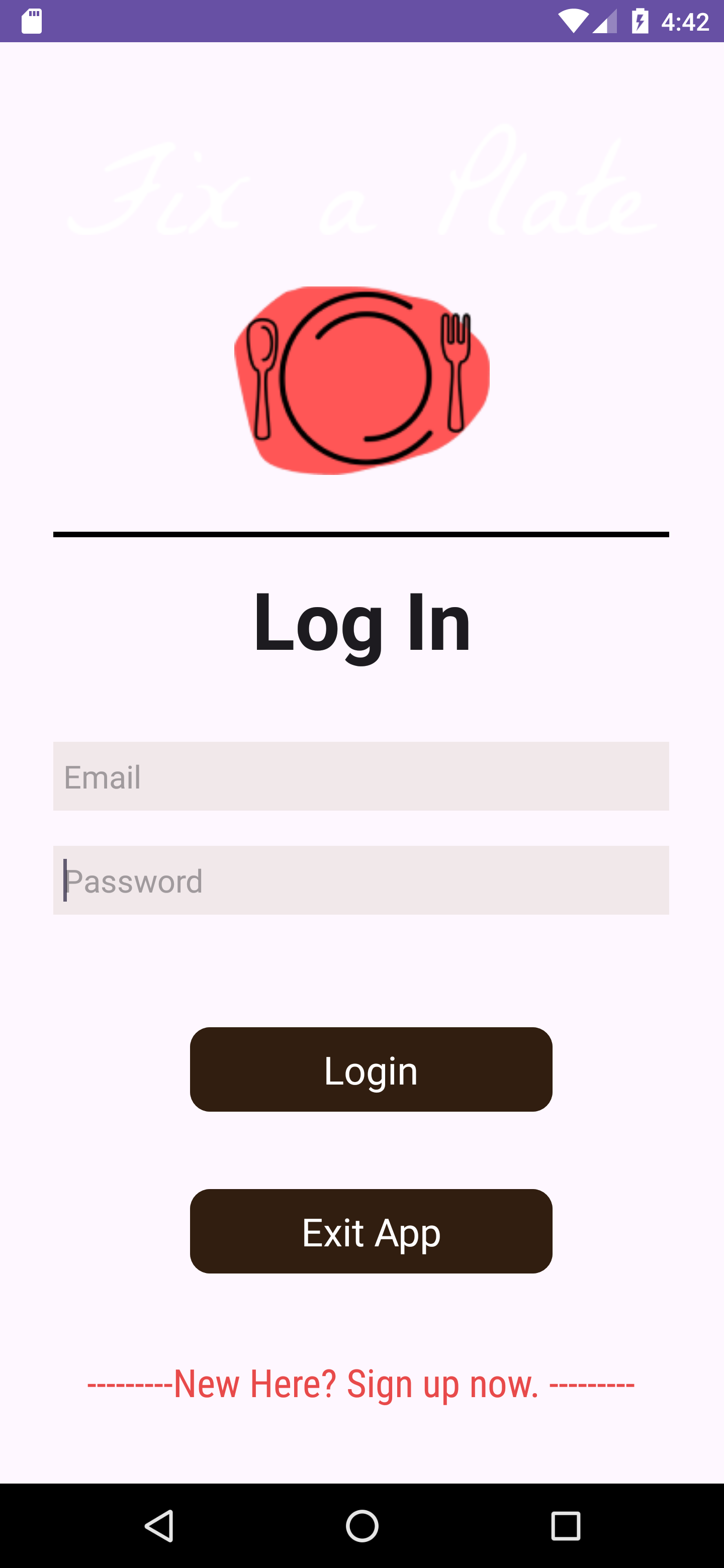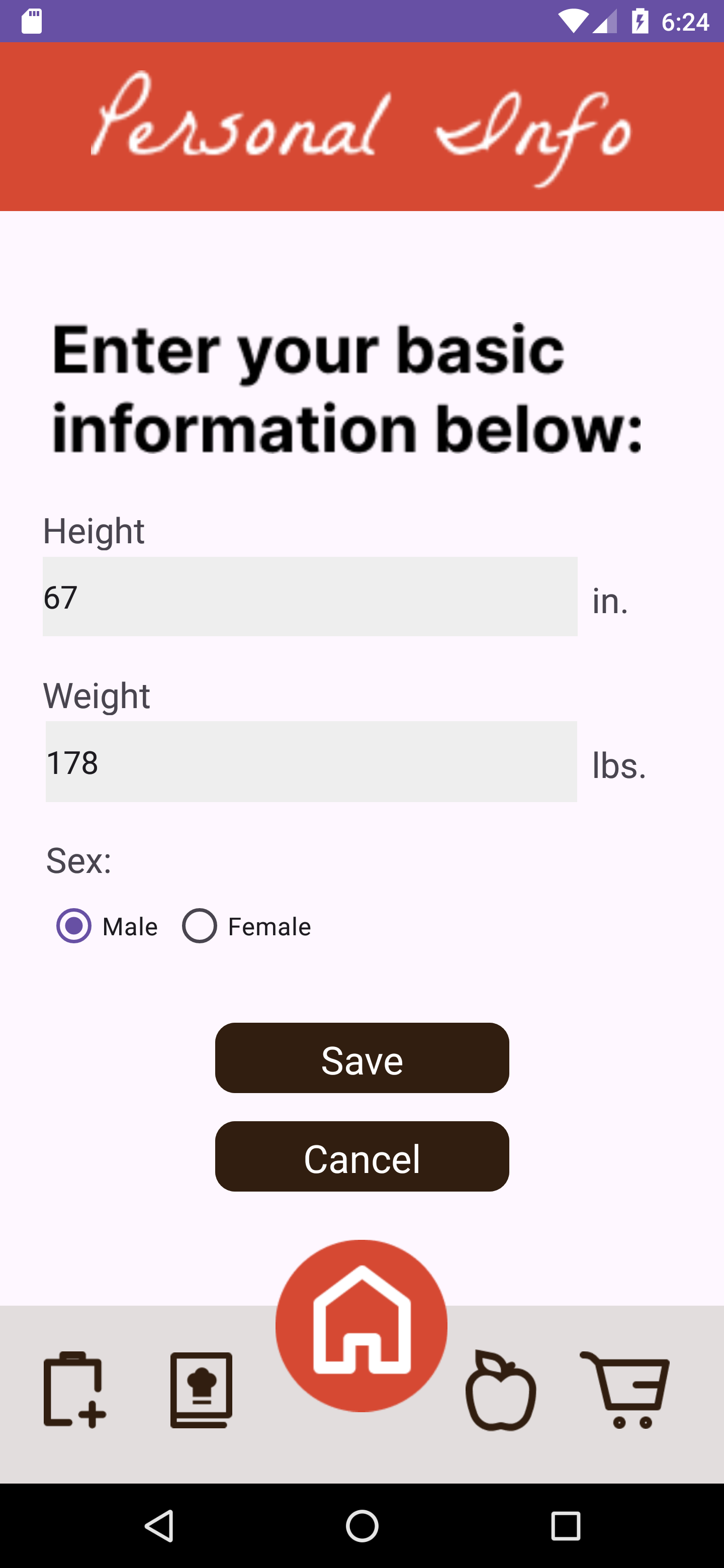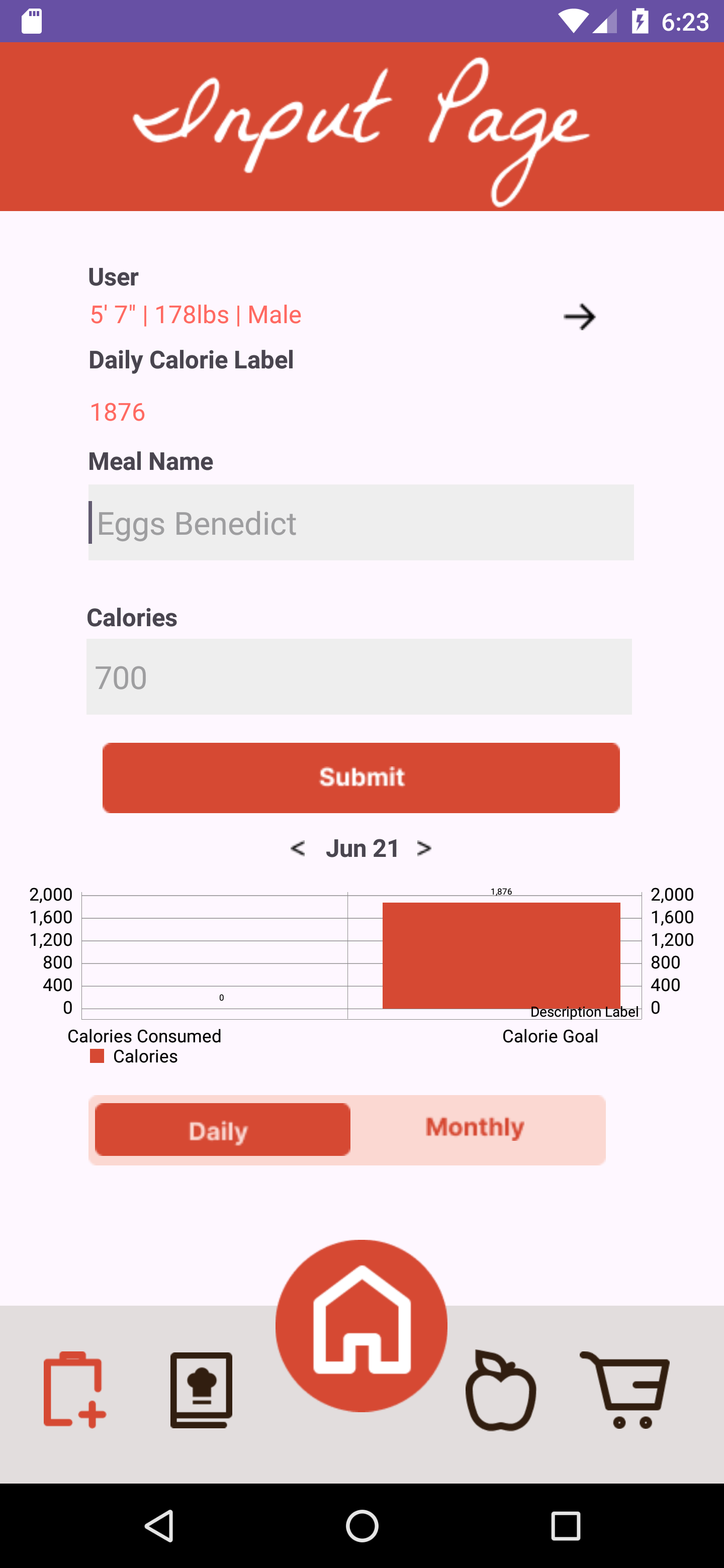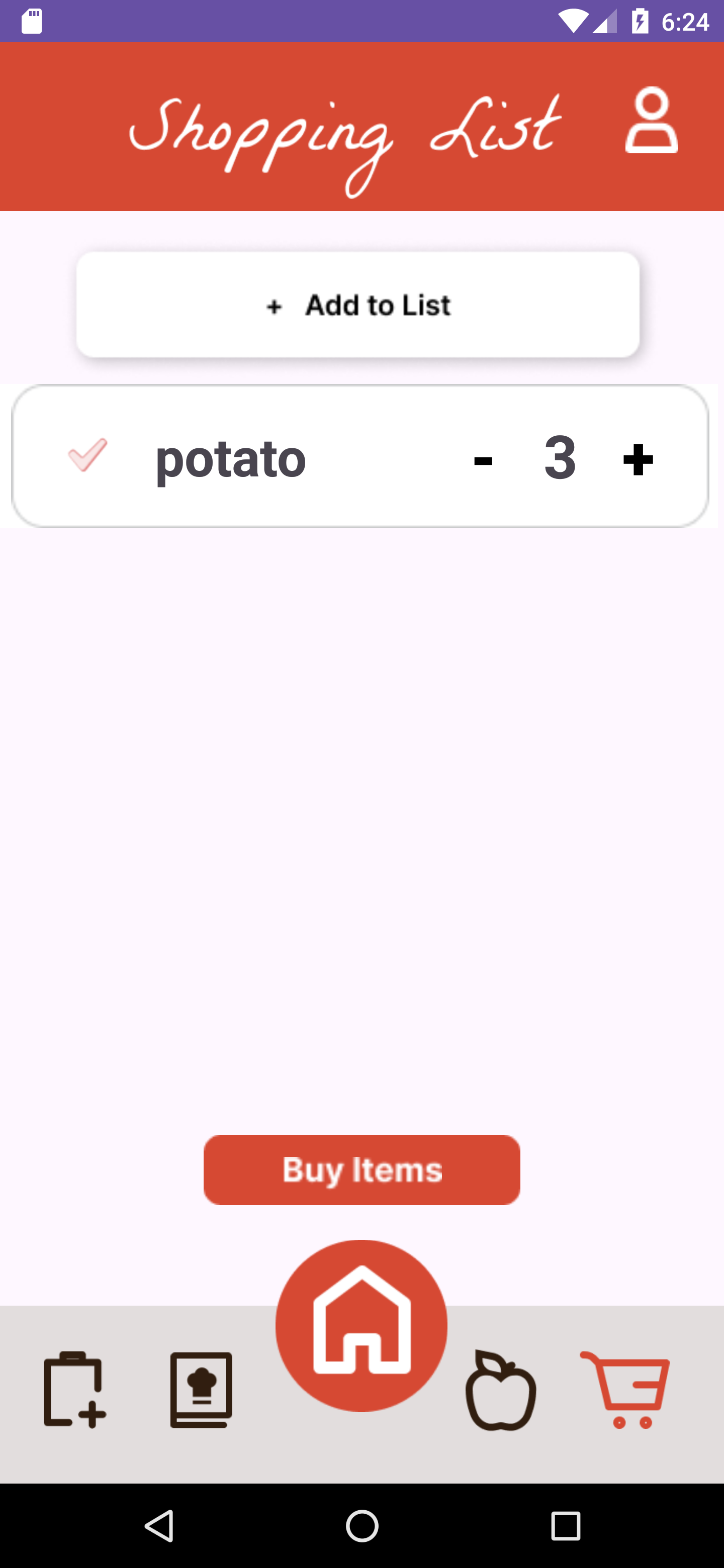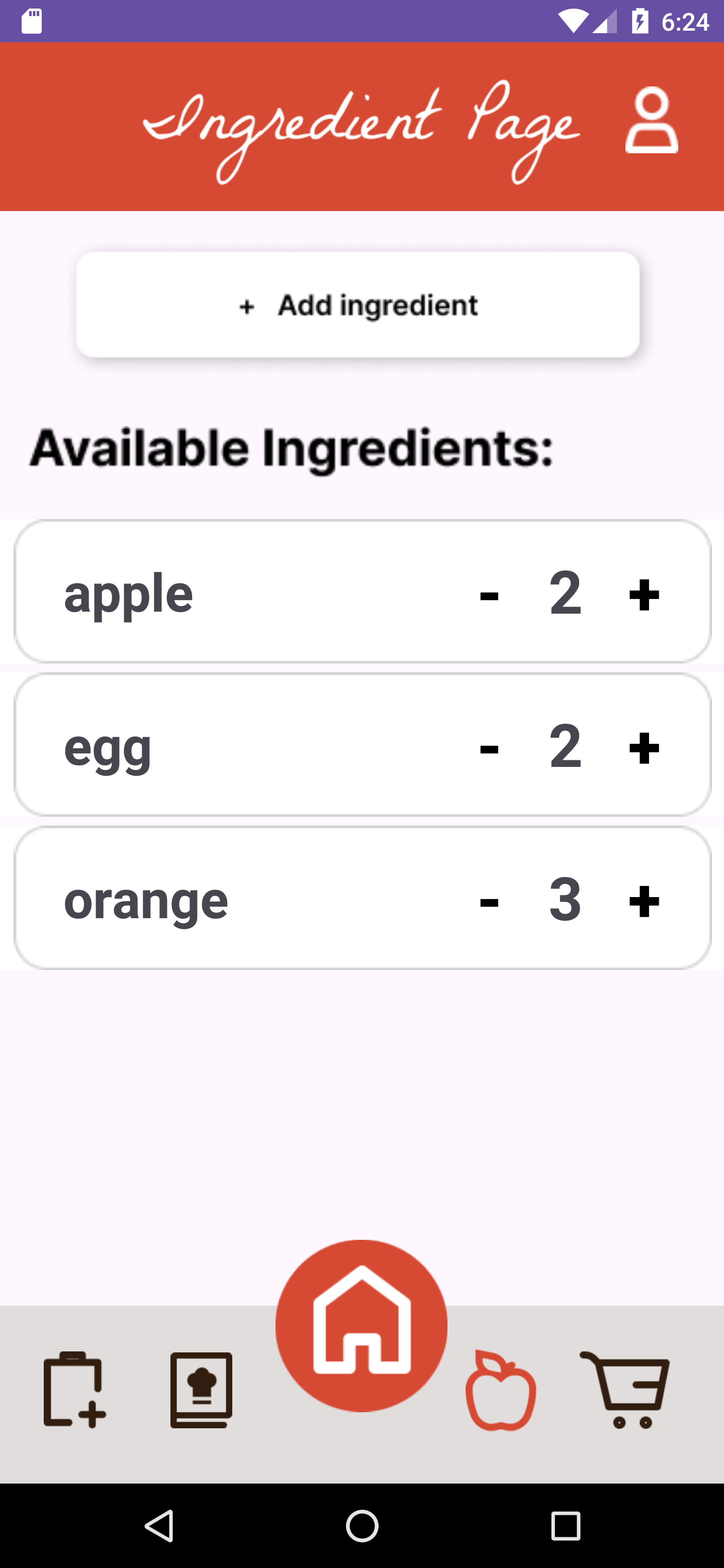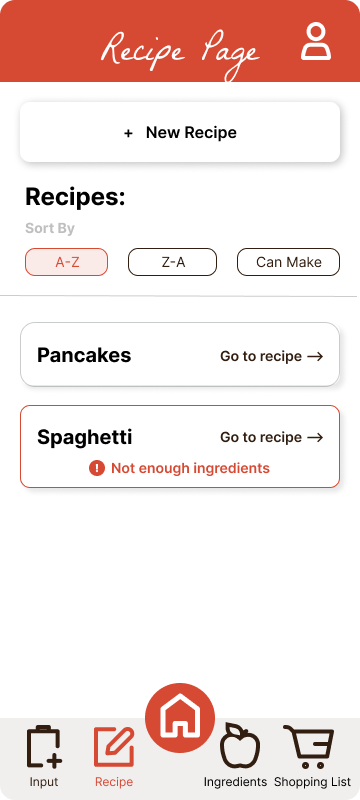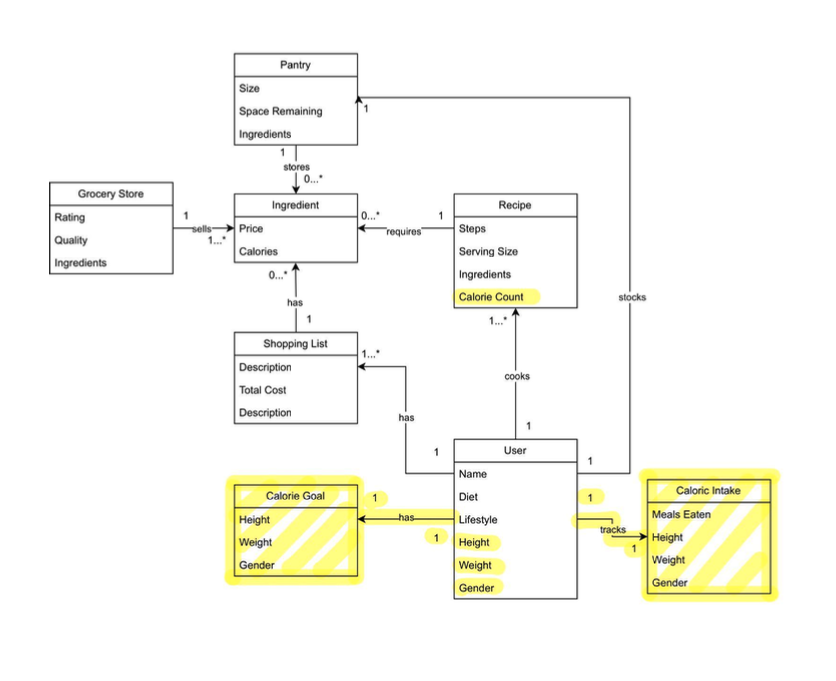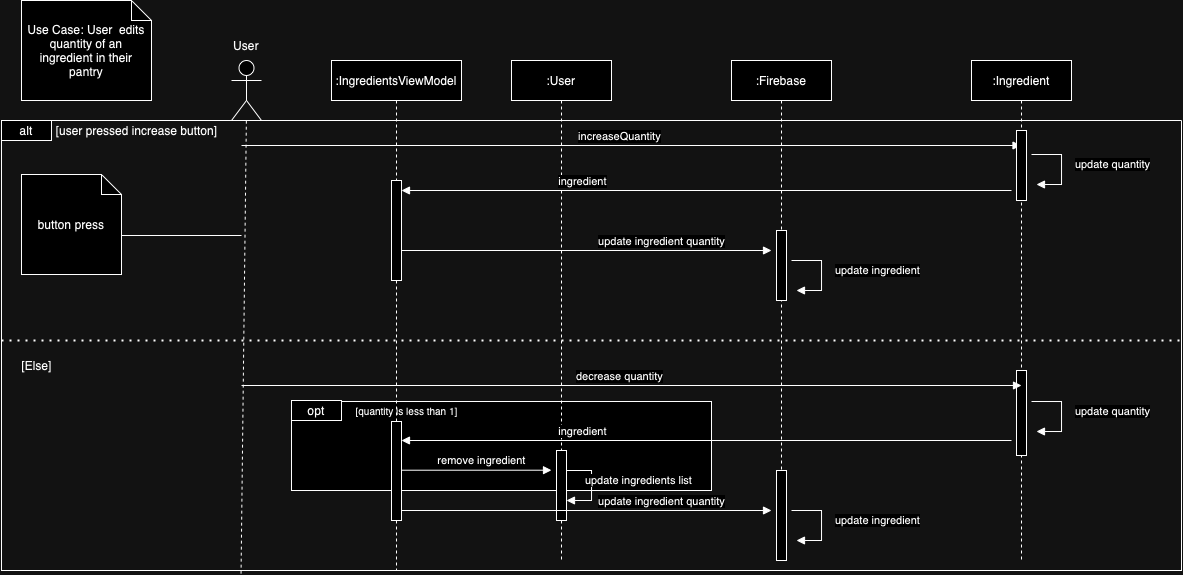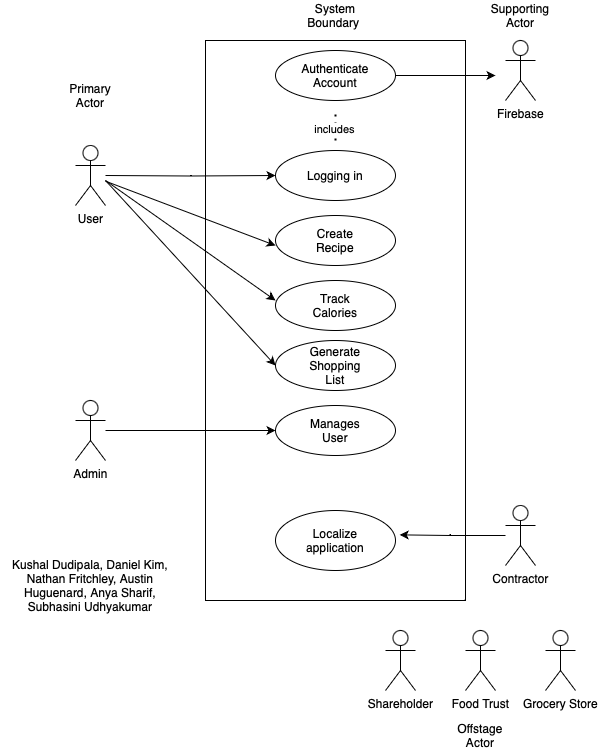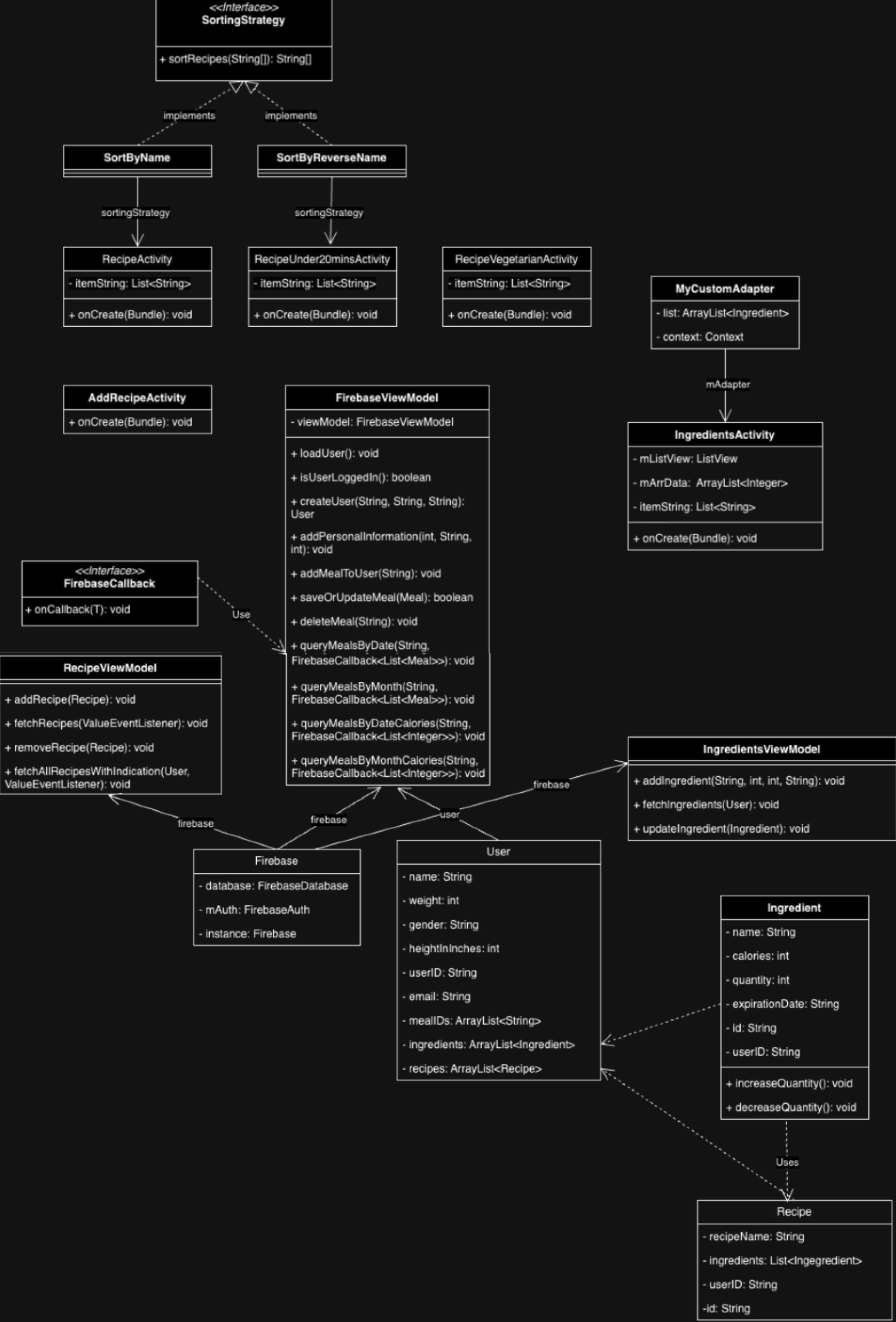Fix A Plate
A sustainable food management system! This semester-long project is aimed at reducing food waste by encouraging sustainable eating and shopping habits. This is not your standard food tracking app. Fix a Plate allows you to minimize waste by creating custom shopping lists, managing ingredients, and sharing recipes. Our users are not only making improving their body but also save their wallets by prioritizing resource utilization.

